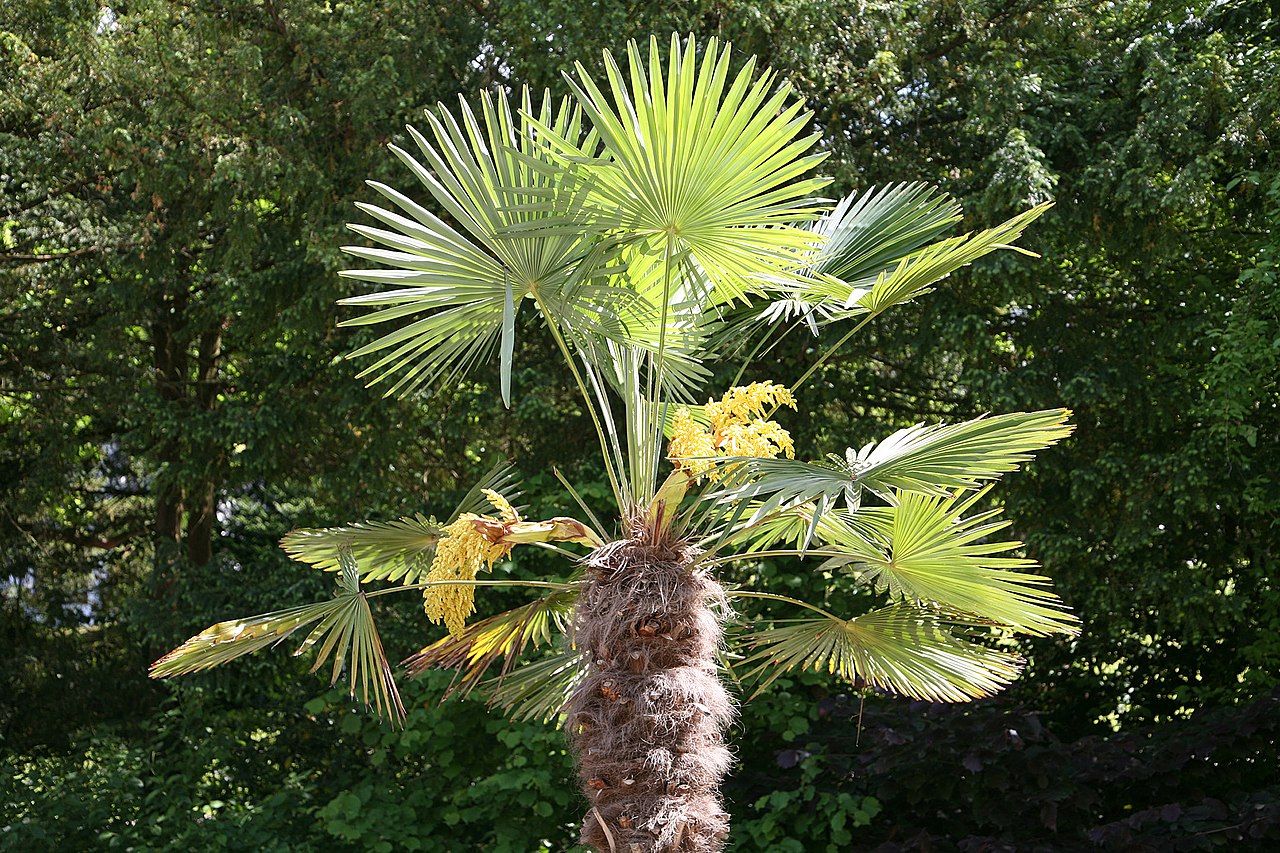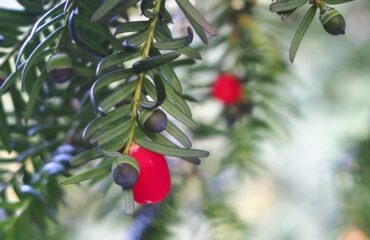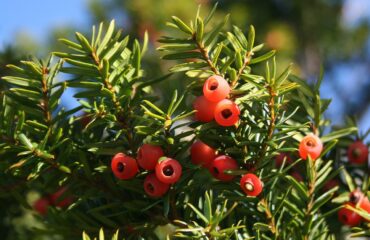Trachycarpus fortunei, commonly known as the Windmill Palm or Chinese Windmill Palm, is a hardy, evergreen palm native to the mountainous regions of central and eastern China. It is celebrated for its ability to withstand cold temperatures and its distinctive fan-shaped leaves, which make it a popular choice for temperate gardens around the world. Propagating Trachycarpus fortunei can be accomplished through several methods, including seeds, division, and less commonly, tissue culture. Each method has its specific applications and benefits, making it possible to propagate this resilient and elegant palm effectively.
Trachycarpus fortunei (Windmill Palm) Propagation Methods
This structured overview covers the diverse propagation methods for Trachycarpus fortunei, providing practical guidance and insights for both novice and experienced gardeners interested in growing and maintaining this robust and elegant palm.
1. Seed Propagation
Seed propagation is the most common and straightforward method for growing Trachycarpus fortunei.
1.1. Seed Collection
- Identifying Mature Seeds: Seeds are typically collected from mature palms in late autumn to early winter when the fruit turns from green to blue-black.
- Seed Extraction: Harvest the seeds by removing the fleshy fruit pulp. This can be done by soaking the fruit in water for a few days to soften the pulp, then rubbing the seeds free.
- Seed Cleaning: Thoroughly clean the seeds to remove all pulp, which can inhibit germination if left on. Rinse the seeds and allow them to dry for a day.
1.2. Sowing and Germination
Proper sowing techniques are crucial for successful germination of Trachycarpus fortunei seeds.
- Pre-sowing Treatment: Soak the seeds in warm water for 24 to 48 hours to soften the seed coat and speed up germination.
- Sowing Seeds: Sow the seeds in a well-draining seed-starting mix, such as a blend of peat and perlite or a commercial palm mix. Place the seeds just below the surface of the soil.
- Germination Conditions: Maintain a consistent temperature of 20-30°C (68-86°F) and keep the soil evenly moist. Cover the seed tray with plastic to retain humidity, but ensure some ventilation to prevent mold.
- Germination Time: Seeds typically take 1-3 months to germinate, but it can sometimes take longer, so patience is essential.
- Seedling Care: Once seedlings emerge, provide them with bright, indirect light and continue to keep the soil moist. Transplant the seedlings into individual pots when they have a few leaves.
2. Division
Division is a viable method for propagating Trachycarpus fortunei, particularly for established clumps that produce offshoots or suckers.
2.1. Division Process
- Identifying Suitable Plants: Look for mature plants with multiple trunks or suckers at the base that can be separated.
- Division Technique: Carefully dig up the plant and gently separate the suckers or offshoots from the main plant using a sharp, sterilized knife. Ensure each division has roots attached.
- Replanting Divisions: Plant each division into individual pots or directly into the ground, using well-draining soil suitable for palms.
- Watering and Care: Water the divisions thoroughly and keep them in a shaded area until they establish new growth. Gradually acclimatize them to full sun over several weeks.
2.2. Benefits of Division
Division helps rejuvenate older plants and provides an immediate way to propagate new Trachycarpus fortunei specimens that are genetically identical to the parent plant.
3. Tissue Culture
Tissue culture, or micropropagation, is a less common but advanced method for propagating Trachycarpus fortunei. This method is typically used in commercial nurseries to produce large quantities of plants rapidly.
3.1. Tissue Culture Process
- Explant Selection: Tissue is taken from young, healthy parts of the plant, such as the apical meristem or immature leaves.
- Sterilization: The explants are sterilized to eliminate any contaminants, using a series of disinfecting solutions.
- Culturing: The sterilized tissue is placed in a nutrient-rich medium under controlled conditions. The medium usually contains hormones to induce cell division and growth.
- Regeneration: The explants develop into small plantlets over several weeks to months. These plantlets are then transferred to rooting medium to develop roots.
- Acclimatization: Once roots have formed, the plantlets are gradually acclimatized to normal growing conditions outside the culture environment.
3.2. Applications of Tissue Culture
Tissue culture is particularly useful for producing disease-free plants and preserving specific genetic characteristics of Trachycarpus fortunei. However, it requires specialized equipment and expertise.
Conclusion
Propagation of Trachycarpus fortunei through seeds, division, and tissue culture provides versatile methods for expanding this hardy and attractive palm. Each method has its unique advantages, from generating genetic diversity with seeds to quickly producing clones through division and tissue culture. By understanding and applying these propagation techniques, gardeners and horticulturists can enjoy the elegance and resilience of Trachycarpus fortunei in various settings, from ornamental gardens to commercial landscapes.
Share this article


